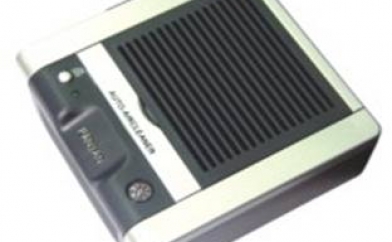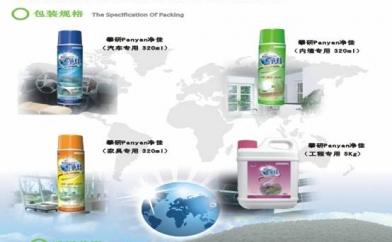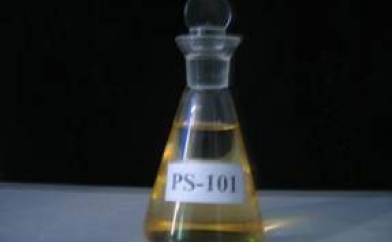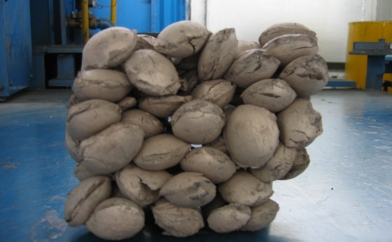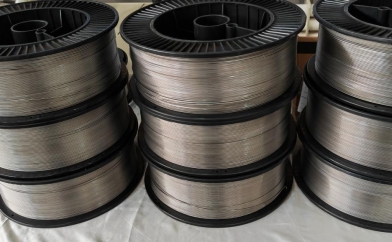Experimental study on oxygen bottom blown BOF steelmaking
Extensive experiments were made on structure and placement of the bottom blown lance to determine optimum parameters regarding supply of oil, oxygen and nitrogen. Under the conditions of medium and high phosphorus hot metal, know-hows regarding slag forming and dephosphorization were worked out and correlation between oxygen supply strength, temperature, target control and gas in steel liquid was identified. This technology features fewer number of lances required for bottom blowing, greater oxygen supply intensity, simple structure and easiness to operate.
Technology of Heat treated high strength steel rails
Conventional steel rails used on the small radius curve track can hardly meet the increasing demand for wear resistance and are vulnerable to wave shaped wear and shelling defects. To address this problem, the heat treated (SQ) high strength steel rail was developed at Pangang during the ‘Seventh-Year Plan’. Extensive and in-depth investigations were conducted on slack quenching characteristics as well correlation between quenching process parameters and depth, hardness, structure and property of hardened layer. As a result, an off-line heat treatment system was developed and an integrated proprietary technology has evolved at Pangang. After heat treatment, the hardened layer exhibited a hardness of HRc36.0-42.0, σ0.2≥798MPa, σb≥1155MPa, δ≥10% and achieved a prolongation of service life by more than one time compared with the as-rolled rails. The physical quality is comparable to the SQ rails supplied from Japan. Thus this technology has filled in a gap in the domestic market.
Recovery of vanadium from hot metal by atomizing process
Recovery of vanadium from hot metal by atomizing process is a proprietary technology independently developed by Pangang. The hot metal in the atomizer was granulated into iron droplets under high pressure. Then operating conditions were controlled in a way that vanadium was oxidized to the greatest extent while carbon was not extensively oxidized so that necessary carbon could be retained in the blown hot metal to provide sufficient heat sources for BOF steelmaking. Remarkable results were obtained in the industrial applications: oxidization of V was 90%, vanadium recovery 66.7%, slag output 4.6%, blown metal yield 94%, carbon content in blown metal 3.5-3.8%. Successful development and application of this technology brought an end to the monopoly over vanadium extraction technology by the foreign countries and made China one of the three largest vanadium suppliers in the world.
Optimization of process parameters and improvement of technology of vanadium recovery at Pangang
Technical know-hows regarding decarburization and V oxidization during BOF vanadium recovery at Pangang were worked out, and operating process was optimized accordingly. Remarkable results were achieved: V oxidization≥86%; V recovery≥78%; residual vanadium in blown metal ≤0.06%, carbon content in blown metal≥3.2%, target temperature of blown metal 1360~1410℃, blown metal yield≥90%. V-slag quality indices reached the criteria for the first class V-slag according to the YB/T008-92 and CaO content≤2.0%.

About Us
Swipe to view on your cell phone
Jump Tips




